- Read instructions online first. Easy to break if you don’t. That’s not the mfg fault.
- Two out of four were faulty in thst displays did not work correctly. Seller, please send me new ones.

16
·
Average

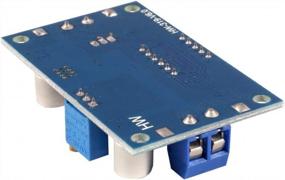
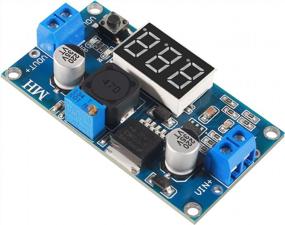
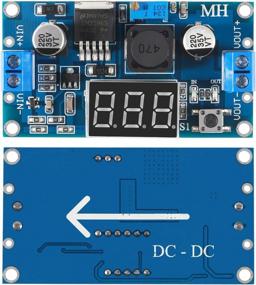
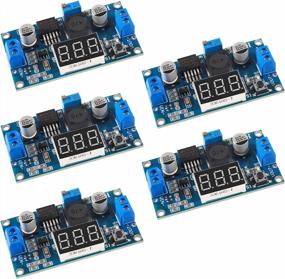
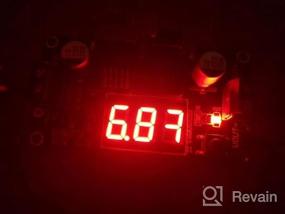
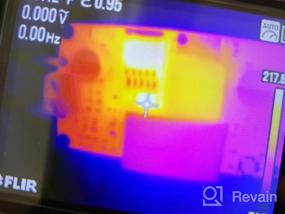
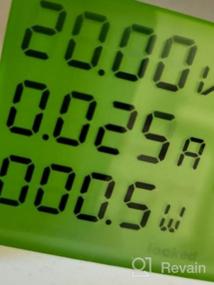

| Brand | DORHEA |
|---|---|
| Color | LM2596 LED |
| Item Weight | 3.98 Ounces |
| Output Voltage | 5 Volts |
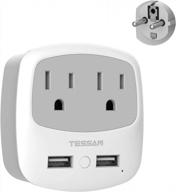
Germany France Travel Power Adapter,TESSAN Schuko Plug With 2 USB Ports 2 AC Outlets, US To European Europe German French Spain Iceland Norway Russia Korea Adaptor(Type E/F)

17 Review
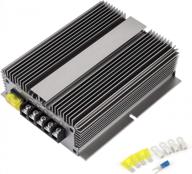
HOMELYLIFE 600W High Power Voltage Reducer DC 48V 60V 72V Step Down To DC 12V 50A Buck Converter Waterproof Module Car Truck Power Regulator Transformer

12 Review
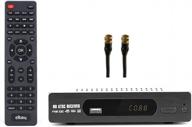
EXuby Digital Converter Box For TV With RF/Coaxial And RCA Cable For Recording And Viewing Full HD Digital Channels Free (Instant Or Scheduled Recording, 1080P HDTV, HDMI Output, 7 Day Program Guide)

12 Review
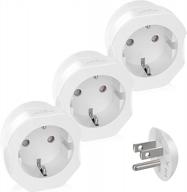
VINTAR EU To US Plug Adapter 3-Pack For Easy Travel: Europe To USA Converter For Spain, France, And More, Compatible With Type C/E/F Plugs - European To US Power Adapter Solution

11 Review

Premium Harman Kardon AVR-154 Home Theater Receiver - Discontinued by Manufacturer

11 Review
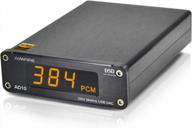
Amp Up Your Audio Experience With The Aimpire AD10 Mini USB DAC CSS XMOS XU208 ES9018K2M OPA2134 Audio Amplifier Decoder

10 Review
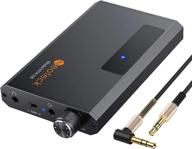
Neoteck Portable 3.5Mm Headphone Amplifier With Bluetooth 5.0 Receiver, Two-Stage Gain Switch, 16-150 Ohm HiFi Earphone Amp, Aluminum Matte Surface

34 Review
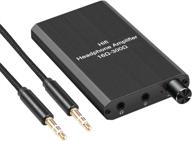
Portable Headphone Amp With 3.5Mm Stereo Audio Out, GAIN Support & Lithium Battery - Compatible With IPhone/Cellular Phone/MP3/MP4 /Computers.

27 Review